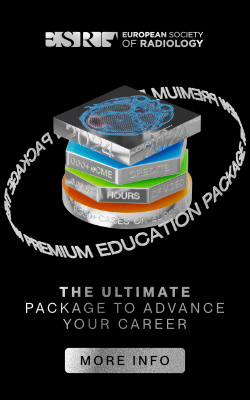EuroSafe Imaging 2016 / ESI-0048
CT: Clinical Audit of Oncological Thorax-abdomen Request Forms - Regarding Patient Safety Issues
Congress:
EuroSafe Imaging 2016
Keywords:
Action 2 - Clinical audit, Action 6 - Clinical audit tool for imaging
Authors:
A. Vargha, E. Vörös, T. Szeleczki, A. Hoffmann, G. Rácz
DOI:
10.1594/esi2016/ESI-0048
Conclusion and Recommendations
- Clinical audit of interdisciplinary cooperation is not yet in the focus how it should be.
We suppose there is much more health loss from this source then estimated.
- The interdisciplinary communication works rather through “local social customs” than protocols.
Unfortunately the reimbursement system in Hungary does not support the evolution of communication since it is not directly financed.
Under hard economic situation healthcare managers press employees to be at first economically effective to get more income for the hospital.
There is a huge danger of the “pay per result” reimbursement systems if there is no quality control in the background.
It goes straight against quality by strongly pressing healthcare providers to focus too much on short term and local economical interests.
We have that from the early 1990’s and unfortunately the organized quality management was restricted to only ISO-certification later in the second half of the 1990’s.
Our subjective opinion is that this reimbursement system has had a strong negative effect on the operation of the healthcare system and also on education since the new doctor-generation has learned the practical clinical work under this philosophy.
- The reimbursement system is not the one and only reason for the bad communication.
- It is still a question how much exactly the clinical information contribute to a better diagnosis but the possible benefit includes a more patient focused (personalized) medicine and a higher level communication between radiologists and oncologists /referring doctors which has a great educational value.
In the end our patients get a higher quality safety service,
the doctors on both sides can work with less stress and the healthcare system will work more efficient which means a better use of the budget.
If it is not so patients get a less safety service,
doctors burn out and we loose money.
- If results are so “bad” in a theoretical ideal hospital how should they look like in a more complicated environment?
- We should find the way how we could help this situation. We see two possibilities:
- educational
- technical
The educational includes the common training of radiologists and oncologists/any referring clinician to find the optimal information sharing in request forms and in the radiological report.
The technical includes a HIS/RIS development where a special oncological request form could be created with one or two mouse-clicks according to the interdisciplinary agreement without giving extra work to the oncologists/referring doctors.
- It is an initial step in education and it is also a critical point of clinical audit that we have to accept the results/facts what we get in an audit for example like this.
Our experience is that it is still not obvious.
- We suggest to gain more interdisciplinary communication and request form editing in the graduate- and post-graduate education.
Clinicians have much more use of knowing the rules and the importance of that than learning how X-ray machines work or how to interpret images which they maybe never see in their upcoming carrier.
Of course residents in radiology should also learn communication more e.g.
the communication of findings.
0 0 1 478 2726 [email protected] 22 6 3198 14.0 Normal 0 false false false EN-US JA X-NONE

